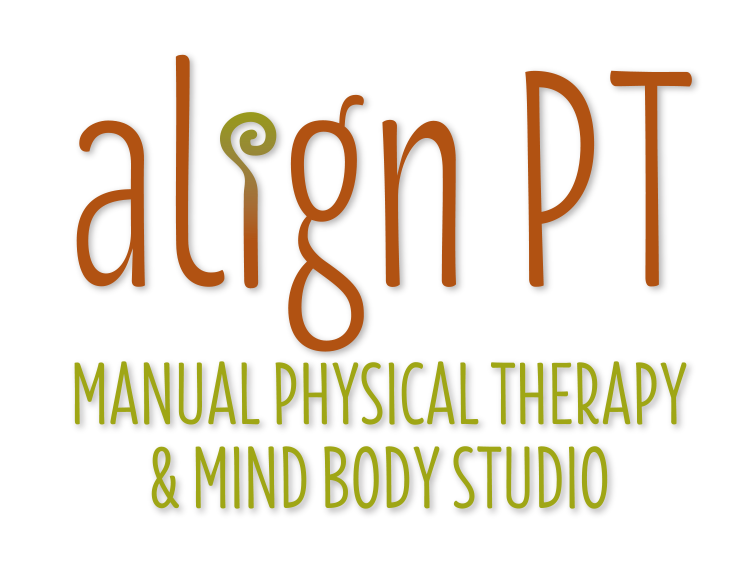by Kaity Rose Holsapple ~
Has your yoga practice been bringing you more pain than relief lately?
Do you struggle from popping joints or joint pain? Have you been told to stay away from your yoga mat because of an overuse injury?
It’s possible that you may be focusing too much on flexibility in your practice and not enough on strength. I see this trend getting yogini after yogini in a whole lotta pain and trouble.
Many people believe that the better we are at yoga, the more flexible we are. But, after a certain point in our practice and for certain body types that lean more toward hypermobility, we often create too much flexibility.
Here’s one reason this happens: The brain releases feel good endorphins when we stretch the body, which can become highly addictive. As our bodies adapt to our practice, we need to keep going deeper and deeper to receive the same rush and release. However, after a certain point, we start affecting our joints and connective tissues with overstretching.
The result from chronically pushing past physical boundaries? Hyper-mobile tissues that can no longer hold our joints together.
In my therapeutic opinion, is nothing functional about an excessive amount of flexibility. In fact, this can create a higher amount of injuries than hypomobility (stiffness) in many cases! Thus, the rise in the older generation of long-term yoga teachers and practitioners who are now needing hip, knee, and shoulder replacements in spite of their years and years of yoga practice.
I’m approached by students frequently who experience pain in their yoga practice, which makes me sad, because this practice has the potential to be so healing and therapeutic when approached in the right light.
Take this email I received from one of my past retreat participants, Dharshani, a few weeks ago. She is a long term practitioner and lover of yoga, yet her doctor recently advised her to stay away from the mat due to some pain and injuries she’s experience:
“Hi Kaity
How are you?
Can I please ask you some advice as a yoga teacher that I really trust and as a friend?
As you know I love yoga and have been practicing for quite a few years and also wanted to do a yoga teacher training course to help others.
However I’ve been told most of my injuries are due to the fact that I have loose joint and being hypermobile.
I have noticed recently that yoga seems to actually hurt my back more than anything else. I have a lot of tightness but actually stretching makes it worse. I’ve stopped yoga. But I hope I don’t have to stop forever and can still consider teaching in the future.
Is this something that you’ve come across before?
Any feedback you have will be greatly appreciated. ❤”
If this is your experience, you are absolutely not alone. I’ve experienced similar overstretching in my own body that I am now recovering from. This is why much of the yoga I teach these days is based upon functional movement, where strength and flexibility meet to create mobility.
You’re an evolving being. And your yoga practice needs to evolve too! The body needs something a little different every day based on where you are at. When we enter the same posture day after day, and push ourselves deeper each time we enter to get the same endorphic release, we are causing damage in the ligaments and joints which hold our body together.
When we get stuck in a rut of the same movements over and over again, we can create overuse injuries and hypermobile joints that leave us feeling uncomfortable when simply sitting or standing still, popping joints when we do move, and mild to severe joint pain.
And, when the physical tissues of the body lack support and stability, the mind is likely in a similar, anxious place. By creating more stability and strength in our body, we will also be supporting our potential to cultivate a stable and calm mind.
For the hypermobile yoginis, I suggest incorporating more strength into your yoga practice to benefit your body and mind in the long term. Here are a few suggestions:
-
Add weights and resistance bands to your practice a few times/week.
-
Hold standing and strengthening postures a little longer, and add some pulsating movements in and out.
-
Avoid locking or hyperextending your joints (especially the elbows and knees).
-
Add more floorwork into your practice that targets the glutes, deep abdominals muscles, and shoulders.
-
Avoid stretching muscles that are already hyperflexible and experience pain, and focus on other areas of your body that tend more toward tightness.
-
Notice your desire for the endorphic stretch release, and breathe when it comes on strong. Avoid overstretching and ligaments or joints by entering postures only about 80% of the way, to allow your body to normalize.
-
Practice body scan meditations to increase your body awareness and decrease your level of pain.
-
If your pain and hypermobility has reached the point that it affects your day to day activities, I suggest visiting a physical therapist who can help you get back on track.
Kaity Rose Holsapple is an integral part of our team as a yoga teacher and yoga therapist. For more information on Kaity, see her bio here.

